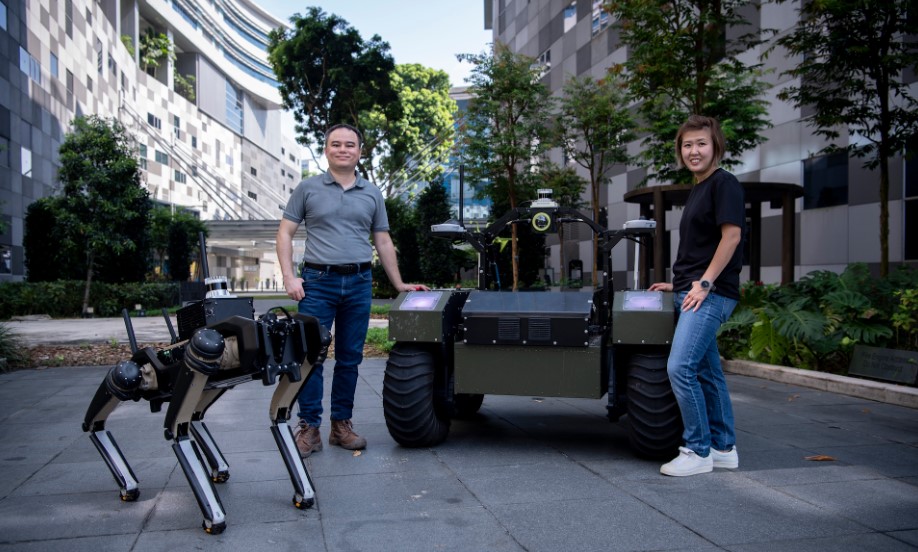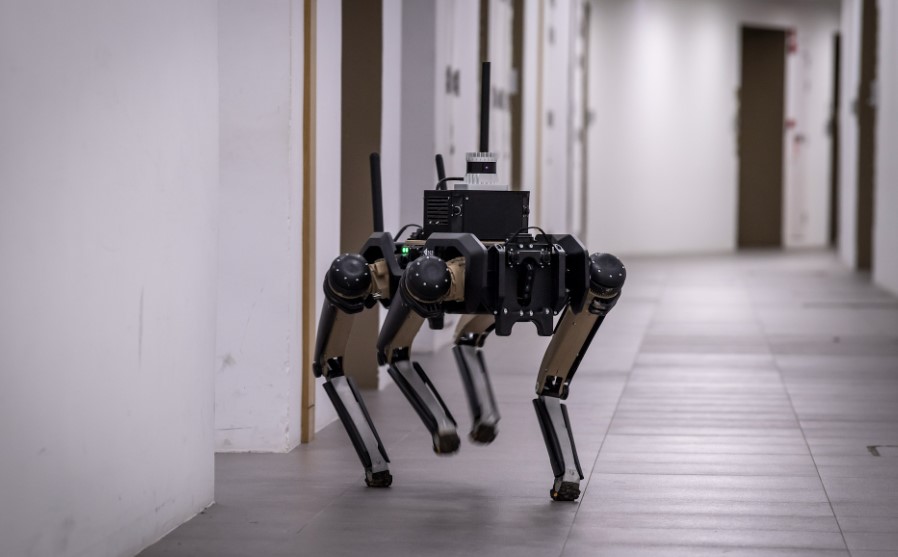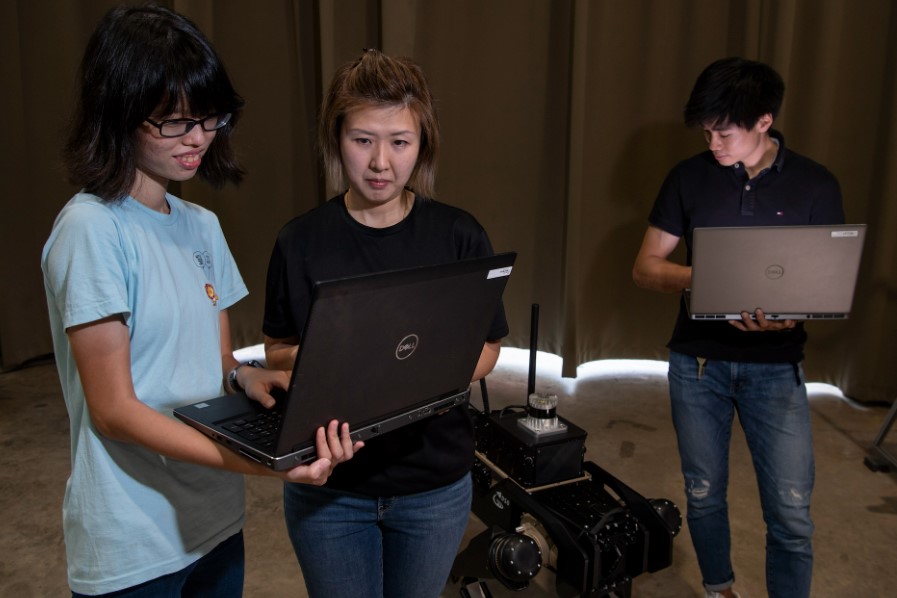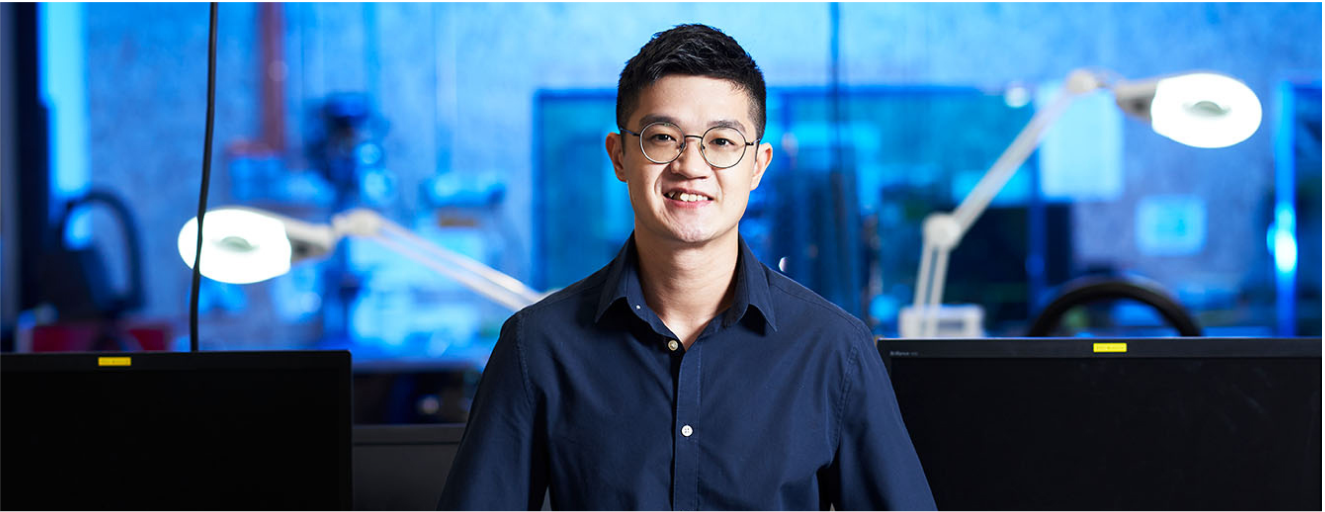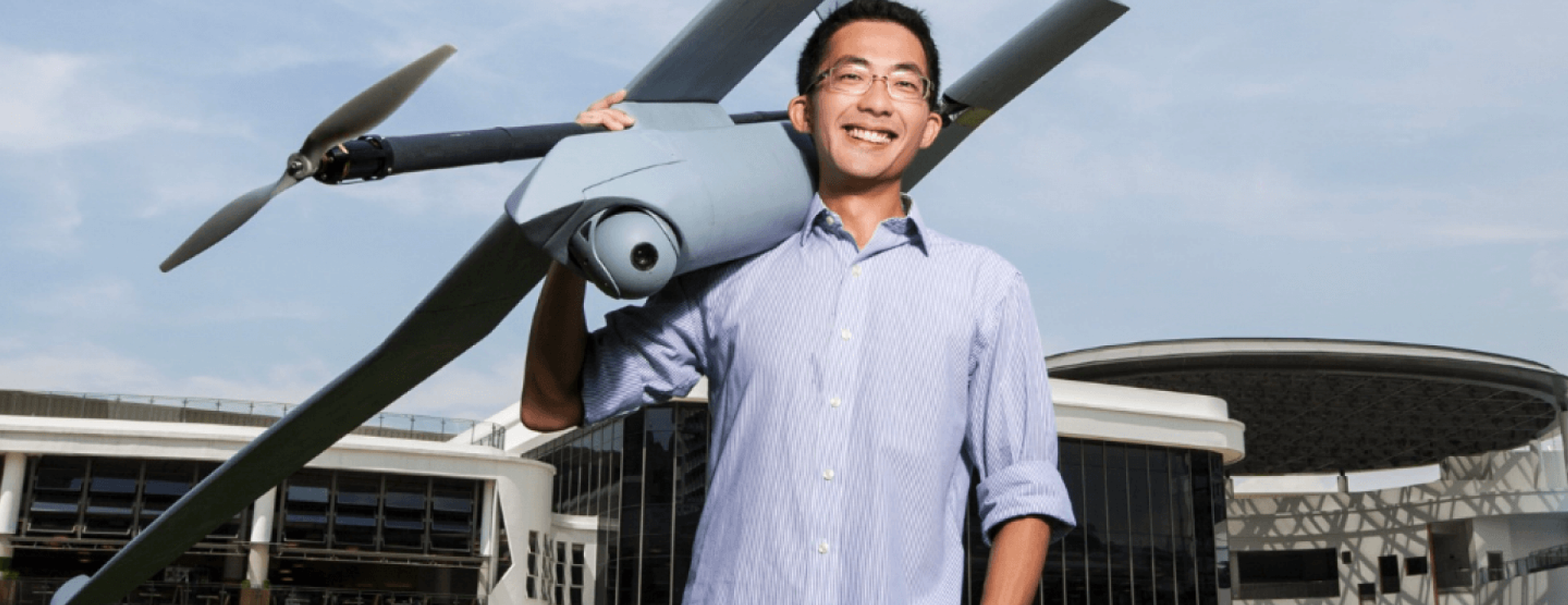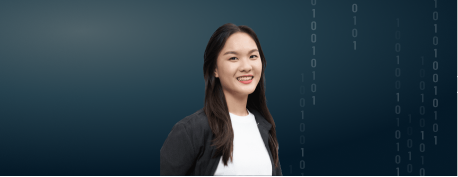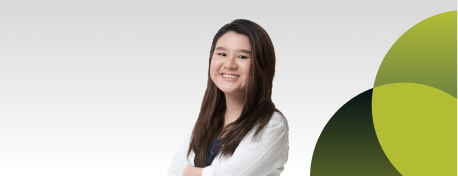Though she has been an engineer for the past 14 years, you’d be surprised to know that being an engineer was not Elaina Koh’s dream job. But just like those who have travelled down the path of life and grown with experience, Elaina now looks back and marvels at the journey she has been on.
Despite her lack of interest in computers and anything related to it, Elaina took up Ngee Ann Polytechnic’s diploma in mobile computing at her Uncle’s encouragement. The course changed her perspective of computing and that led her to continue her journey in this field by pursuing a Bachelor in Computer Engineering at Nanyang Technological University.
She secured her first job before graduation and embarked on her journey as a software engineer. After nine years, she found herself on the search for a new opportunity to see how she can take her engineering career to the next level.
As such, when she saw an available job position with the DSO’s Robotics Division, she knew she had to apply for it. The transition to be a Robotics Autonomy Engineer was not easy and Elaina credits her supportive team and bosses who kept her going in the tough times.
A key part of her role involves developing our indigenous autonomy designed for the unique operational requirements critical to our military operations and integrating them onto our unmanned systems so that they are able to navigate an uncharted environment without a global navigation satellite system.
Because of the environment that the systems need to operate in, Elaina and her team are often out at remote locations for trials.
One particular trial in the early part of her career as a robotics autonomy engineer brought her to the far west where there were poor signals. This was for the Foxhound unmanned ground vehicle (UGV), a 4-wheeler unmanned vehicle that is fitted with autonomous navigation and capable of manoeuvring through difficult terrain without GPS.
That was a tough trial as the team not only had to brave the elements but also troubleshoot the unmanned system extensively on the spot. Halfway through the trial, it began to rain so heavily that the trial site started to flood! This made it impossible for the trial to continue and the team had to seek shelter at their makeshift tent where they had their computers set up. Despite the challenges, Elaina recounts the trial with a smile as it reminds her of the bonds that were forged that day and how success is really achieved as a team.
Following the success of the Foxhound, the team expanded their capabilities further with the Harrier Quadrupedal UGV.
The Harrier resembles a dog walking with its front and hind legs, and is able to lie down and tilt its torso from side to side.
This mobility means that it is able to manoeuvre through tight spaces and narrow corridors. It can even climb up stairs – something the Foxhound UGV cannot do.
Getting the Harrier to have the same kind of autonomy as the Foxhound, however, was “quite a mean feat”, Elaina recounted.
“This is because the Harrier’s movement with four legs, compared to Foxhound’s wheels, vastly increases the complexity of the algorithms.”
“There’s also a stability difference because its main load is elevated on four legs. The way it rolls and pitches is different and this affects the mapping,” she added.
The team persevered through many failed attempts before finally getting the Harrier to move with their autonomy algorithms.
Today, Elaina looks forward to pairing the Harrier with the Foxhound, with the aim of teaming it with other unmanned systems.
Once mission-ready, the Harrier will offer new perspectives to operators during their missions, said Ms Koh.
“With the Harrier, we can now cover explorations of indoor areas. It lets the unmanned vehicles complement each other in giving the operator a more complete situation picture.”
So, although she was hesitant at the start of her engineering journey, she is definitely confident of her future in engineering now, and looks forward to contributing further in the area of robotics autonomy.
When asked to share a word of advice for the next generation of aspiring engineers and researchers who are still unsure, she replied, “You won’t know until you try!”
What are you waiting for? Immerse yourself in the endless possibilities of technology and grow your career with DSO, all while making your mark in the nation’s defence systems. Just like Elaina.
—
Credit: Some photos (by Chua Soon Lye) and excerpts of this article (by Thrina Tham) were taken with permission from the PIONEER article “DSO’S ROBOT “DOGS” LEAD THE WAY” which dives into some of the cutting-edge technology that DSO provides the SAF.
